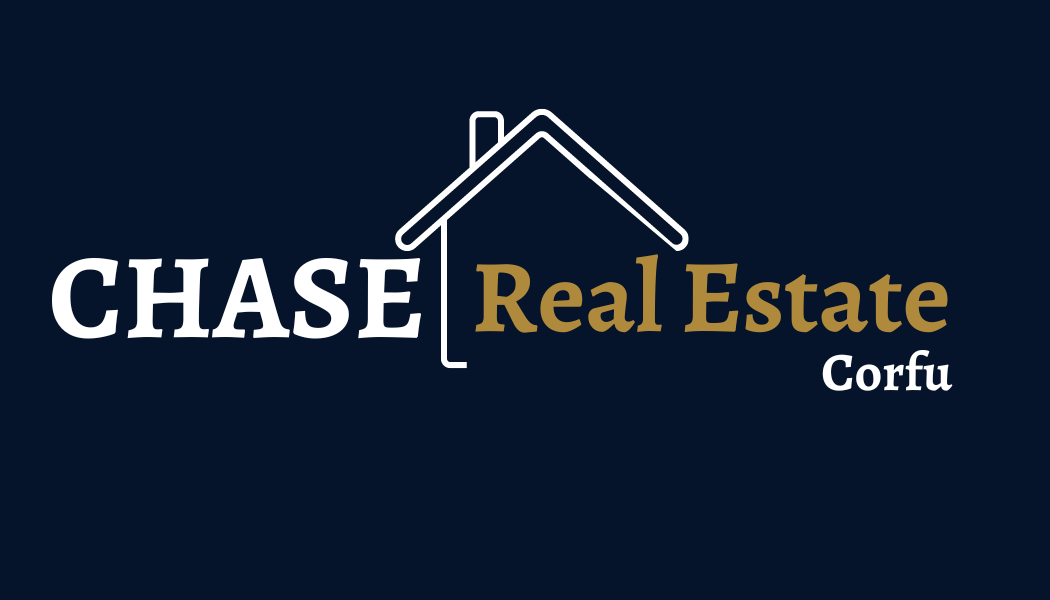30-Year vs 15-Year Mortgage: Which Is Better for You?
What’s Better — 30-Year vs 15-Year Mortgage? The Answer Might Surprise You
Choosing between a 30-year vs 15-year mortgage is a significant decision for homebuyers. Both options come with distinct advantages and drawbacks, depending on your financial situation, goals, and how long you plan to stay in your home. Here’s what you need to know to help you decide:
30-Year Mortgage:
Pros:
- Lower Monthly Payments: Spreading the loan over 30 years results in smaller monthly payments, making it easier to manage within a budget.
- Increased Purchasing Power: With reduced monthly payments, buyers can afford more expensive homes.
Cons:
- Higher Total Interest: The extended loan term means you’ll pay more interest over the life of the loan.
- Slower Equity Buildup: Equity accumulates at a slower pace due to the longer repayment period, delaying full ownership.
15-Year Mortgage:
Pros:
- Lower Interest Rates: Lenders often offer reduced rates for shorter-term loans, which can save you a significant amount on your monthly payments.
- Less Interest Paid Overall: With a 15-year mortgage, you’ll pay much less interest over the life of the loan.
- Faster Equity Growth: You build equity faster, providing greater financial flexibility if you need to tap into your home’s value.
Cons:
- Higher Monthly Payments: The shorter term means higher monthly payments, which may strain some budgets.
- Reduced Home Affordability: The higher payments may limit the price range of homes you can consider.
Making the Right Choice:
Your decision should align with your financial situation and long-term goals. If you prioritize lower monthly payments and increased flexibility, a 30-year mortgage might be the best fit. However, if paying off your home faster and saving on interest is important to you, a 15-year mortgage could offer significant advantages.
For additional guidance on finding the best mortgage for you, check out the Bankrate Mortgage Calculator to compare rates and explore different mortgage options.


